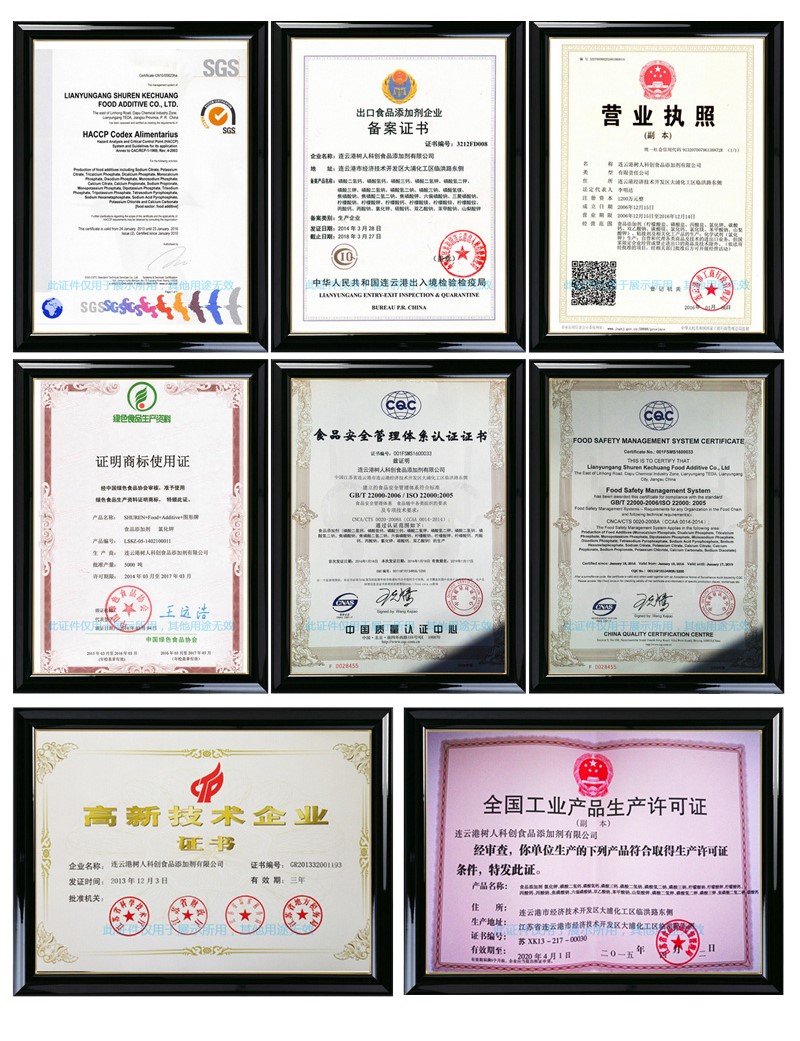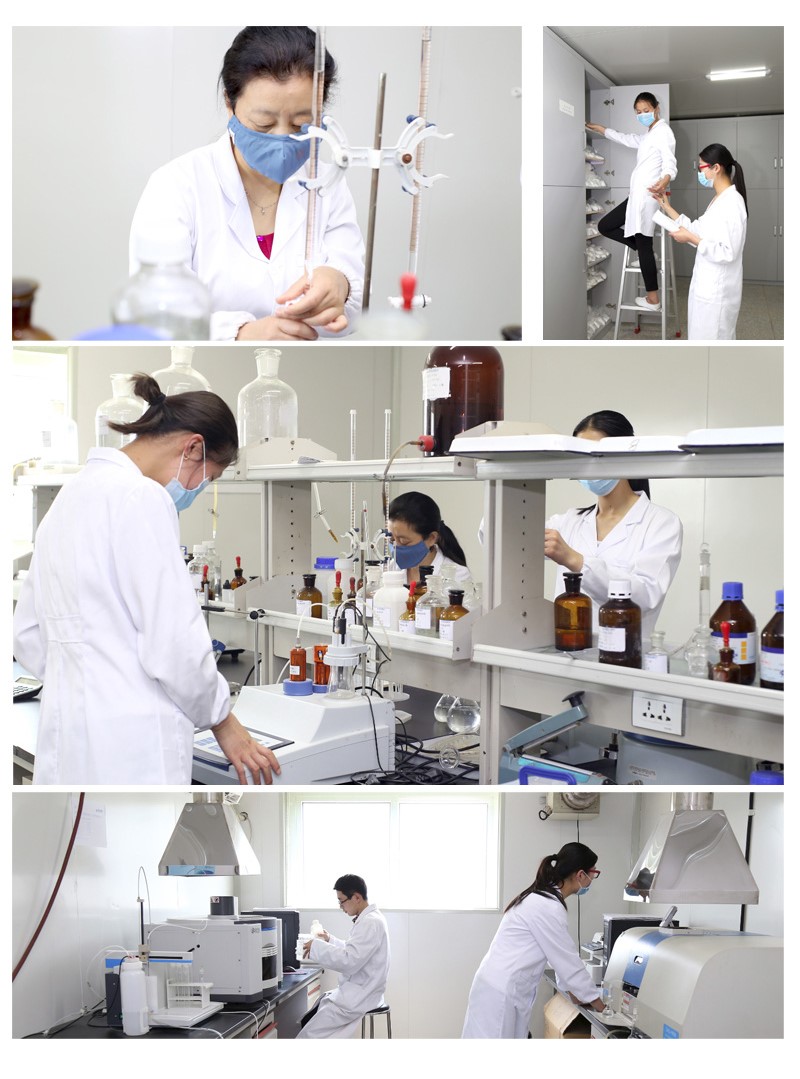DICALCIUM PHOSPHATE DIHYDRATE
1, molecular formula: water CaHPO4; two water CaHPO4, 2H2O
2, molecular weight: water content 136.06; two water 172.09
3, Specificity: white crystalline powder, no smell and tasteless, soluble in dilute hydrochloric acid, nitric acid, acetic acid, slightly soluble in water, insoluble in ethanol. Relative density was 2.32. Be steady in the air. loses water of crystallization at 75 degrees celsius and generates dicalcium phosphate anhydrous.
4, Usage:Used as loose agent in food industry. Dough improver, buffer, nutritional supplement, emulsifier and stabilizer etc.. Such as bulking agent for flour, cake, pastry, and baking products,as modifier for mixed type of bread and fried food. Also used in biscuits, milk powder, cold drinks, ice cream powder. As a nutritional supplement or quality improvement agent.
5, Packing: Packed with polyethylene plastic bag as liner, and woven bag as the outer layer. The net weight of each bag is 25kg.
Name of index | Unit | FCC-V | E 341 (ii) | USP-30 |
Description |
| White crystal or granular, granular powder or powder |
|
Assay | % | 97.0-105.0 | 98.0--102.0(200℃, 3h) | 98.0-100.5 |
P2O5 Content(Anhydrous basis) | % | -- | 50.0--52.5 | -- |
Identification |
| Pass test | Pass test | Pass test |
Solubility tests |
| -- | Sparingly soluble in water. Insoluble in ethanol | -- |
Fluoride, | ≤mg/kg | 50 | 50(expressed as fluorine) | 50 |
Loss on ignition, (After ignition at 800℃±25℃ for 30minutes) | % | 7.0-8.5 (Anhydrous) 24.5-26.5 (Dihydrate) | ≤8.5 (Anhydrous) ≤26.5 (Dihydrate) | 6.6-8.5 (Anhydrous) 24.5-26.5 (Dihydrate) |
Carbonate |
| -- | -- | Pass test |
Chloride | ≤% | -- | -- | 0.25 |
Sulphate | ≤% | -- | -- | 0.5 |
Arsenic | ≤mg/kg | 3 | 1 | 3 |
Barium |
| -- | -- | Pass test |
Heavy metals | ≤mg/kg | -- | -- | 30 |
Acid-insoluble substance | ≤% | -- | -- | 0.2 |
Organic volatile impurities |
| -- | -- | Pass test |
Lead | ≤mg/kg | 2 | 1 | -- |
Cadmium | ≤mg/kg | -- | 1 | -- |
Mercury | ≤mg/kg | -- | 1 | -- |
Aluminium |
| -- | Not more than 100 mg/kg for the anhydrous form and not more than 80 mg/kg for the dihydrated form (only if added to food for infants and young children) Not more than 600 mg/kg for the anhydrous form and not more than 500 mg/kg for the dihydrated form (for all uses except food for infants and young children). This applies until 31 March 2015. Not more than 200 mg/kg for the anhydrous form and the dihydrated form (for all uses except food for infants and young children). This applies from 1 April 2015. | -- |



It can be used as fertilizer, feed and medicine. It can also be used as food additive, toothpaste filler, etc. it can promote feed digestion and treat rickets, rickets, rickets and anemia of livestock
IUPAC
calcium;hydrogen phosphate;dihydrate
SMILES
OP(=O)([O-])[O-].[Ca+2]









